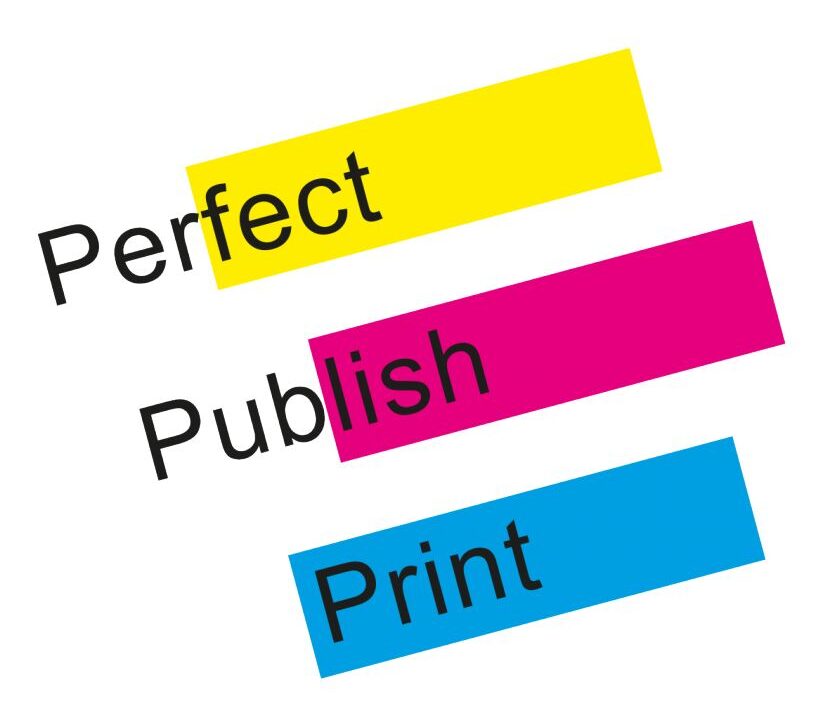Book Printing: Hardcover, Paperback, and More
Choosing the right book format is a crucial decision for authors, publishers, and businesses. The format not only affects the book’s appearance but also its durability, cost, and reader experience. Whether you’re self-publishing a novel, printing a corporate report, or creating a coffee table book, understanding different printing formats will help you make an informed choice. In this guide, we’ll explore the most popular book printing formats, their benefits, and how to choose the best one for your project.

1. Hardcover Books
What Are Hardcover Books?
Hardcover books, also known as case-bound books, have rigid covers made of cardboard or other sturdy materials. These covers are wrapped in cloth, leather, or printed paper with a dust jacket.
Benefits of Hardcover Books:
- Durability: Hardcover books last longer due to their strong binding.
- Professional Appearance: They offer a high-end, premium look, making them ideal for novels, textbooks, and collector’s editions.
- Better Protection: The sturdy cover protects pages from damage.
Best Uses for Hardcover Books:
- Novels and literary works
- Academic and reference books
- Special editions and collectibles
- Coffee table books
2. Paperback Books
What Are Paperback Books?
Paperback books, also called softcover books, have flexible covers made of thick paper or cardstock. They are bound using perfect binding (glued spine) or saddle stitching (stapled spine).
Benefits of Paperback Books:
- Affordable: Paperbacks are more cost-effective to print than hardcover books.
- Lightweight & Portable: Easier to carry and store, making them popular among casual readers.
- Faster Production: They have a quicker turnaround time compared to hardcover books.
Best Uses for Paperback Books:
- Fiction and non-fiction books
- Magazines and catalogs
- Workbooks and manuals
- Self-published books
3. Spiral-Bound Books
What Are Spiral-Bound Books?
Spiral-bound books use plastic or metal coils to hold the pages together. The pages can be opened flat or folded back completely.
Benefits of Spiral-Bound Books:
- Lay-Flat Design: Ideal for reference materials and workbooks that need to stay open.
- Easy Page Turning: Pages can be flipped easily without damaging the spine.
- Customizable: Allows for various page sizes and thicknesses.
Best Uses for Spiral-Bound Books:
- Cookbooks and recipe books
- Workbooks and training manuals
- Calendars and planners
- Notebooks and journals
4. Saddle-Stitched Books
What Are Saddle-Stitched Books?
Saddle-stitching involves folding and stapling pages along the spine. This is a cost-effective and simple binding method for thin books.
Benefits of Saddle-Stitched Books:
- Budget-Friendly: One of the most affordable bookbinding methods.
- Fast Production: Quick turnaround for short-run printing.
- Lightweight & Flexible: Great for thin booklets and brochures.
Best Uses for Saddle-Stitched Books:
- Brochures and catalogs
- Event programs and booklets
- Small magazines and zines
Which Format Should You Choose?
The best book printing format depends on your project’s purpose, budget, and audience. If you’re printing a high-end novel, hardcover is the best choice. For budget-friendly and portable books, paperback is ideal. Workbooks and manuals benefit from spiral binding, while short booklets work well with saddle-stitching.
By understanding these options, you can ensure your book is not only visually appealing but also practical for your readers. Ready to print your book? Choose a format that best suits your needs here and bring your vision to life!
